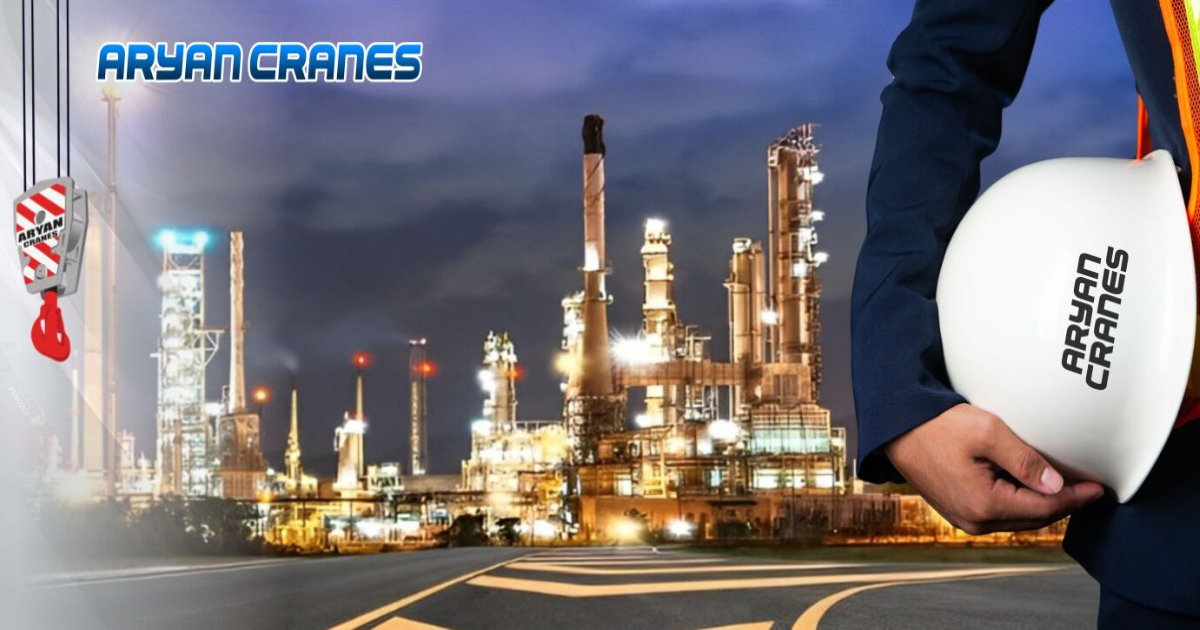CRANE SUPPLIER IN DOHA QATAR
Published on Oct. 29, 2024, 4:22 p.m.

Introduction
Every day, numerous cranes are rented on a contract basis. Contracts typically last from a few days and several years. In Qatar, 90-meter-high tower cranes are available for rent. On average, a single crane with a 60m undercarriage can lift 8,000 kg, whereas a crane with a 70m undercarriage can lift 6,000 kg. Suppliers who rent cranes in Doha have warehouses and offices located inland. Large cranes of many varieties, including all-terrain cranes, rough terrain cranes, earth walkers, and many others, are available for rent. They are not only leased, but also sold, and they are supplied with spare parts, technical safety testing, and general maintenance. They offer the crane together with the building crew. In addition, many crane suppliers provide contract lifts. Such a service is provided to consumers who have no choice but to rent a crane for lifting or handling purposes.
Types Of Crane Used in Construction
Mobile Crane
Mobile cranes are made up of an outstretched boom—also known as a lattice or telescopic boom that is mounted to a truck or other movable structure that moves on treads or tires. The boom can spin 360 degrees and extend to different lengths depending on the crane's kind and size. These cranes are not limited to a specific path and can move throughout a construction site and/or between sites.
Crawler Cranes
Crawler cranes, also known as boom lattice cranes, lattice crawlers, and telescopic crawlers, are the largest types of mobile cranes. These heavy-duty cranes move throughout a construction site on "tank-like" treads and can lift more than 2500 tonnes.
Crawler cranes are the most capable of lifting heavy loads and need the most on-site setup of any mobile crane. Depending on the crane's size and the weight of the goods to be lifted, onsite assembly may include:
- Attaching the tracks.
- Assembling the Lattice Boom
- Addition of counterweights
Crawler cranes do not require outriggers because the treads provide considerable stability.
Rough Terrain Cranes
Rough terrain cranes are equipped with four tires and a telescopic boom for pick-and-carry tasks weighing up to 165 tonnes. Because of their small size, they are ideal for maneuvering and lifting in limited locations. RT cranes are frequently used when a crawler crane would be more appropriate but has a lower load capacity or requires navigation through confined locations.
Because RT cranes are built on a tire-equipped undercarriage, they are simple to set up and carry from site to site, but they are not road-legal. These cranes are controlled by a cab, which swivels over the undercarriage in unison with the boom movement. Their on-site assembly needs include stabilizing the crane for hoisting using outriggers.
All-Terrain Cranes
An all-terrain crane is a type of mobile truck crane that can operate on both the road (at high speeds on the highway) and in most off-road conditions.
These cranes, like large trucks, have anywhere from four to eighteen tires, depending on their size.
A telescoping boom positioned on the truck's bed is used to lift and transfer cargo. All terrain cranes can lift far more than rough terrain cranes up to 1200 tons but are less adept at handling harsh situations or limited spaces. All-terrain cranes are controlled by a cab that swivels over the truck bed in conjunction with the boom's movement.
Key Factors to Consider When Choosing a Crane Supplier
Safety Standards and Certifications
- Safety is crucial in any lifting activity. Therefore, ensure that the provider carefully follows industry safety regulations. Look for certificates from trustworthy organizations, such as ISO or local regulatory agencies.
- Check that their equipment receives regular inspections and maintenance to limit the risk of malfunction and maintain compliance with safety laws.
Range of Crane Types and Equipment
- Depending on your project, you may need a specific crane type, such as a mobile, tower, crawler, or all-terrain crane. Choose a supplier who offers a wide range of cranes to satisfy a variety of lifting requirements.
- Determine whether the supplier's fleet is current, diverse, and capable of meeting your project's specific needs.
Experience and Reputation
- Research the supplier's past and reputation in the industry. Experienced suppliers with a proven track record are more likely to deliver reliable, high-quality equipment.
- To learn more about the supplier's work on similar assignments, read customer evaluations, and case studies, or ask for references from previous clients.
Availability and Flexibility
- Consider the supplier's equipment availability, especially if you have tight deadlines or need last-minute alterations. A flexible supplier can accommodate schedule adjustments or additional equipment requirements.
- Enquire about rental term alternatives and the freedom to extend contracts if necessary.
Technical Knowledge and Consultation
- A reputable provider should have a team of professionals who can provide consulting and recommendations on the best crane kinds and configurations for your needs.
- Good suppliers frequently engage with clients to provide lifting solutions that are adapted to specific project difficulties, thereby increasing efficiency and cost-effectiveness.
Final Thoughts
With Doha's dynamic construction landscape, dependable crane providers are critical to meeting industry demands and ensuring project efficiency. Construction organizations may guarantee they have the correct equipment for the project by cooperating with professional crane providers such as Sarens Nass and Mannai Trading. From mobile cranes for urban development to heavy-duty choices for infrastructure projects, choosing the appropriate provider can be the difference between project success and delay.